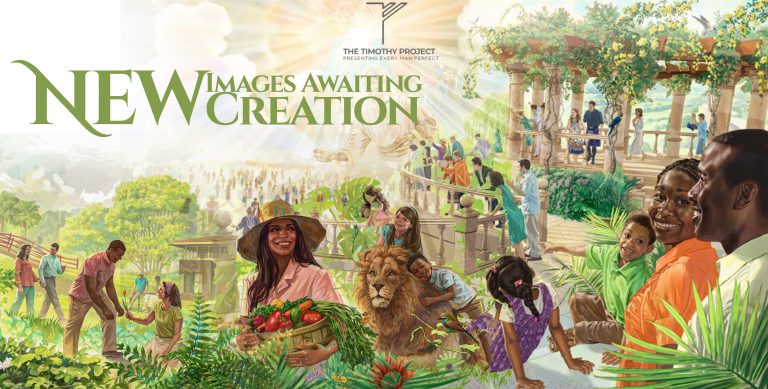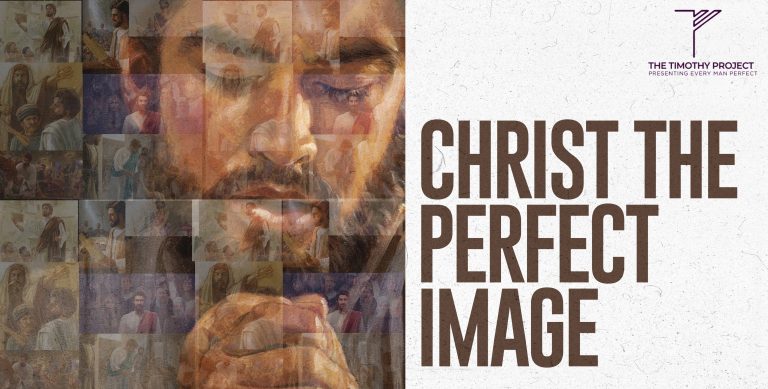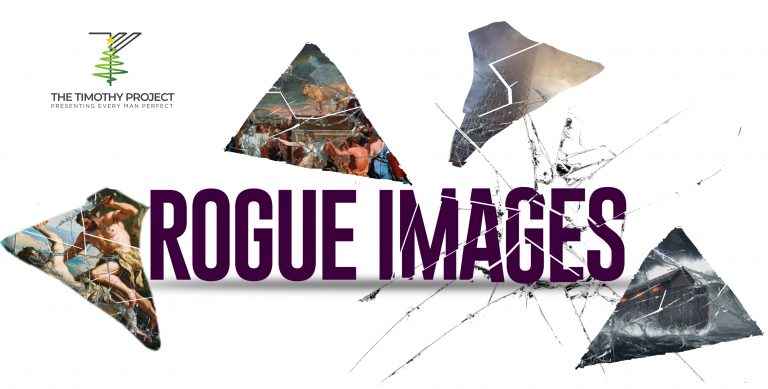Imagine yourself in front of a full sized mirror. Picture the world in the mirror, as your reflection looks you in the eye. Now imagine your reflection coming to life; moving and talking independent of you. Picture the endless possibilities you could achieve with this detached animated reflection of yours to represent you in this “mirror world”.
What if I told you this thought experiment has happened before. Crazy right? Even more so, what if I told you, you were part of this crazy story and you were a reflection in a mirror world.
On the first page of the Bible we are introduced to the most important being in all the universe; God. He is the powerful ruler who creates and orders the entire cosmos out of nothing with the words of His mouth. In a series of creative actions spanning the course of six days , we see God transform the earth from its initial state as a watery uninhabitable place to a world primed for sentient life. A careful study of the creation process shows an inherent order. On the first three days, God creates the three spheres of life on the earth; the seas (water bodies), the sky and the land. In the final three days of creation we see God filling these spheres with living creatures. First the skies are filled with birds, the water bodies with fish and sea creatures and finally the land filled with all kinds of creatures. On the sixth day of creation however we see a special emphasis when it comes to the creation of mankind. In Genesis 1:26-27 we read these words;
Then God said, “Let us make mankind in our image, in our likeness, so that they may rule over the fish in the sea and the birds in the sky, over the livestock and all the wild animals, and over all the creatures that move along the ground.”
So God created mankind in his own image,
in the image of God he created them;
male and female he created them.
Humanity was set apart from the other land creatures made on the sixth day, primarily because we were made in the image and likeness of God. But what does it mean for us to be made in God’s image? Do we have physical attributes that resemble deity? Or does this image language point to some innate attribute that humanity possesses? Whatever the answer may be, one thing is for sure; to fully understand our role and purpose as humans we must first unravel what it means to be made in God’s image.
Over the years theologians and Christians alike have embarked on the task of trying to identify one or more characteristics in humans that would best reflect the image of God. Some have said the image of God in man is seen in our being self aware and self determining. Some have also surmised that the image of God is seen in our possession of an innate moral compass. While all of these unique attributes set humanity apart from the rest of creation, they are at best attributes we possess as a result of being made in God’s image but not necessarily the image itself. Before we go ahead to point out what the image of God is, I think it’s best to point out the inherent danger of defining the image of God in terms of some specific attributes. Most of the aforementioned tributes are possessed in different measures by different people. For instance some people are more self conscious and more self determined than others. Would that in turn mean that some humans possess a higher degree of the image than others. And if to be human means to be God’s image are we in turn saying some people are more human than others?
In the text in Genesis, the Hebrew word translated “image” is the word ṣěʹ·lěm (צֶ֫לֶם). Interestingly this is the same word in Hebrew for idols, carved out images, inscribed columns and replicas. In fact throughout the Old Testament, this word is used in reference to idols. Here is why this is significant. In the ancient world an image was believed to carry the essence of that which it represented. An idol (image of a deity) would be used in the worship of that deity because it contained the deity’s essence. This would not suggest that the image could do what the deity could do, nor that it looked the same as the deity. Rather, the deity’s work was thought to be accomplished through the idol. In similar ways the governing work of God was seen to be accomplished by people. But that is not all there is to the image of God. Genesis 5:1-3 likens the image of God in Adam to the image of Adam in Seth. This goes beyond the comment about plants and animals reproducing after their own kind, though certainly children share physical characteristics and basic nature (genetically) with their parents. What draws the idol imagery and the child imagery together is the concept that the image provides the capacity not only to serve in the place of God (His representative containing His essence) but also to be and act like Him. The tools God provided so that we may accomplish that task include conscience, self-awareness and spiritual discernment. As you can infer, the image of God is who we are, not just something we possess. We are “walking-talking” idols (representatives) ruling God’s earth on His behalf. In Psalms 8, when King David reflects on the creation story and God’s goodness towards humanity, he pens these words;
Psalms 8:3-9
When I look at the night sky and see the work of your fingers—
the moon and the stars you set in place—
what are mere mortals that you should think about them,
human beings that you should care for them?
Yet you made them only a little lower than God
and crowned them with glory and honor.
You gave them charge of everything you made,
putting all things under their authority—
the flocks and the herds
and all the wild animals,
the birds in the sky, the fish in the sea,
and everything that swims the ocean currents.
O LORD, our Lord, your majestic name fills the earth!
See how the language in David’s poem tracks with the language of Genesis 1? Human beings are precious to God because we are His image. We were made to rule and reflect God here on earth. Adam and Eve, the first humans, were placed in a garden planted by God and asked to subdue the rest of the earth. They were supposed to exercise dominion over the rest of creation and reflect God’s nature on the earth. They were to spread the goodness of Eden to the rest of the earth.
However, Genesis is not alone in associating divine imagery with humanity. In the cultures that surrounded Ancient Israel like Egypt and Babylon, they viewed their kings as the images of the gods they served. This meant that the kings and their families acted in place of their gods and as such were more important, making their lives more valuable than the lives of commoners. The implications of the message in Genesis flies right in the face of these societies and cultures. In fact it has a bigger message for our socio-economically stratified world. All humans are made in the image of God. We are all intrinsically valuable irrespective of status, gender or race. Whether it’s the king on the throne, the beggar in the street or the fetus in the womb, we are all precious to God because we are the image of God. We are walking-talking Idols of the Most high God!!!
“Whoever sheds human blood,
by humans shall their blood be shed;
for in the image of God
has God made mankind.”
-GOD (Genesis 9:6)





